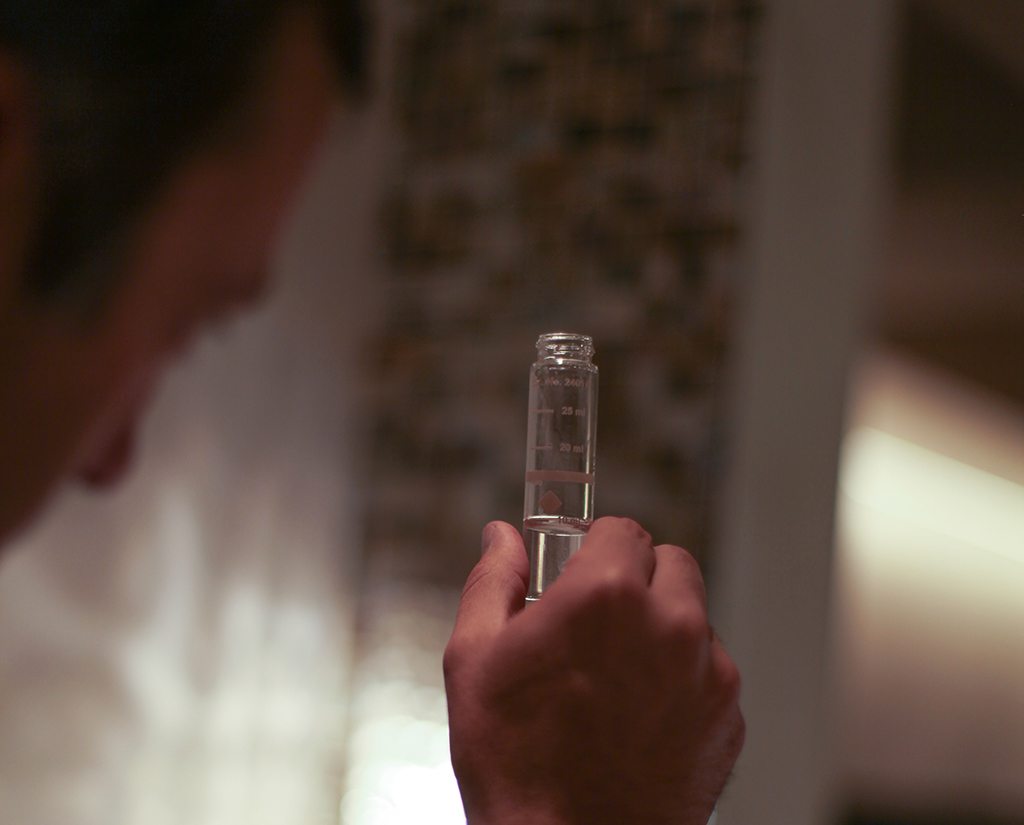Water, an essential resource for life and daily activities, should be pure and safe for consumption. Yet, various contaminants, including Legionella, total coliforms (including E. coli), and copper & iron, can infiltrate our water systems. In this blog, we explore the significance of water testing and how it plays a crucial role in protecting public health and infrastructure.
Legionella: A Silent Threat
Testing for Legionella is crucial due to the potential health risks associated with its presence. Legionella is a bacterium that can cause Legionnaires’ disease, a severe form of pneumonia, and Pontiac fever, a milder flu-like illness. These diseases primarily affect individuals with weakened immune systems, the elderly, and those with underlying health conditions.
Legionella thrives in water systems, especially in warm and stagnant water, making it a significant concern in various settings such as hospitals, hotels, and public buildings with complex water systems. Timely and regular testing for Legionella is essential to identify its presence, prevent outbreaks, and ensure the safety and well-being of individuals who may come into contact with contaminated water sources.
Total Coliforms and E. coli: Indicators of Contamination
Testing for Total Coliforms and E. coli is vital as they serve as indicators of water contamination and potential health risks. Total coliforms are a group of bacteria found in the environment, including soil and vegetation, and their presence in water suggests that disease-causing microorganisms might be present. E. coli, specifically, is a type of coliform bacteria commonly found in the intestines of warm-blooded animals, and its presence in water indicates fecal contamination, which can lead to serious gastrointestinal illnesses.
Regular testing for these indicators helps to assess the overall microbial quality of water, identify potential sources of contamination, and ensure the safety of water for human consumption and everyday use. It is a critical step in maintaining public health and preventing waterborne diseases.
Copper & Iron: The Corrosion Conundrum
Testing for copper and iron is important to ensure the quality and safety of drinking water. These metals, while not typically harmful to human health in small quantities, can affect the taste, odor, and appearance of water. Moreover, elevated levels of copper and iron in water can lead to corrosion in plumbing systems, resulting in discoloration and potential damage to pipes and fixtures.
Regular testing helps to monitor the levels of copper and iron, identifying any potential issues with the water supply. By assessing and controlling the presence of these metals, water quality can be maintained, ensuring the aesthetic appeal of water and the longevity of plumbing infrastructure.
Protecting Public Health and Infrastructure
Water testing is not just about identifying contaminants; it’s about safeguarding public health and preserving infrastructure. By detecting and addressing issues promptly, we can prevent waterborne diseases, maintain the quality and taste of our water, and extend the lifespan of our plumbing systems. Timely testing and analysis provide the insights needed to make informed decisions about water treatment and safety measures.
In conclusion, water testing for Legionella, total coliforms (including E. coli), and copper & iron is a critical aspect of ensuring safe and healthy water systems. Regular testing not only protects public health but also helps maintain the integrity of our infrastructure. As responsible stewards of our water supply, we must prioritize testing to guarantee clean, safe, and reliable water for all.




